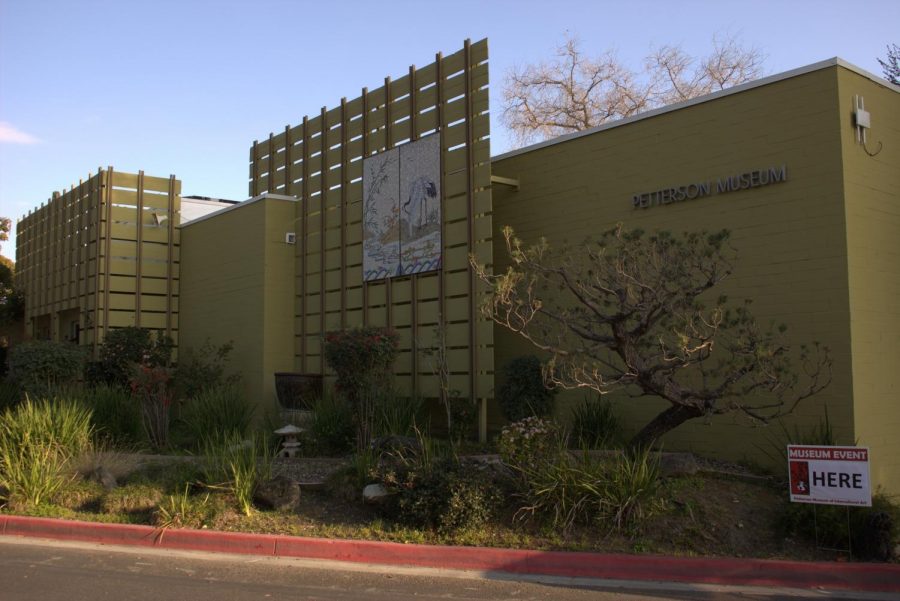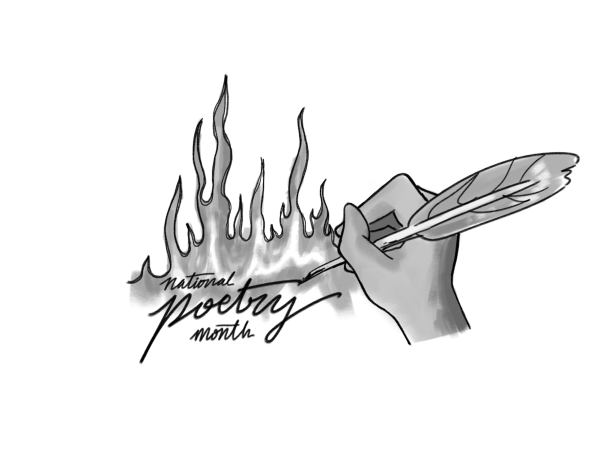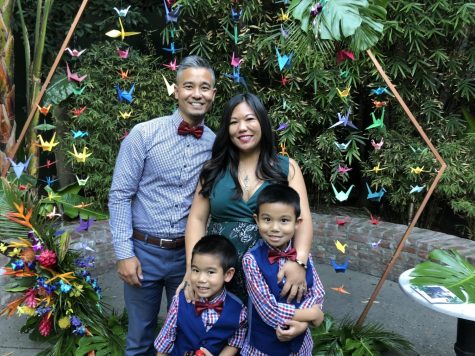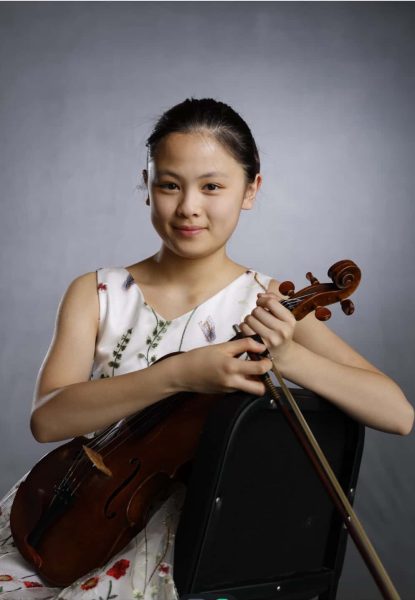Petterson Museum celebrates Japanese art and culture
Petterson Musuem, pictured above, is now showcasing a new Japanese art exhibition.
The life and culture that is art is a part of what makes Claremont so unique. With monuments and museums around town, Claremont is a city covered in history. As of Feb. 21, 2020, there is a new exhibit opening up in the Petterson Museum within the streets of Pilgrim Place. This new exhibition displays the rich culture and history of Japan.
The Petterson Museum opened its new exhibition on Japanese art, titled “The Art of Time: Japan and its Seasons.” Kaitlyn Bylard, the museum specialist, drew inspiration from the camellias that happen to be blooming around Pilgrim Place at this time of the year. Going through the collection, Bylard started to notice a connection between the Japanese pieces of art and the setting of flowers and springtime. In her research, Bylard also learned more of the intent behind the art that is now displayed.
“I found out how the Japanese are really interested in the beginnings and endings of time,” Bylard said. “They made a lot of poetry, particularly about spring and autumn, even though spring and autumn are relatively short in Japan. They integrate this sense of the brevity of time into their artwork as well.”
Jennifer Tomes, director of marketing and communications, also contributed to the creation of the exhibit. Tomes has been collecting art from the Japanese missionaries that have donated pieces in order for this exhibition to run. The museum brings new insights and remembrance of Japan to the residents of Pilgrim Place by showing them a different culture that runs within Claremont.
“I feel that this exhibit is really striking a chord,” Tomes said. “It is bringing the community together and tying Claremont together. Pilgrim Place represents Claremont, while Petterson is just a lovely little odd bit.”
The art chosen to adorn the museum walls reflect this mentality as well. Each piece captures a fleeting moment in time and a sense of momentary peace is transmitted to the viewer as well. A separate section is devoted to each season and short descriptions tell the stories behind the artwork. Certain elements are used for each season, such as snow in winter paintings to give a feeling of loneliness and beauty in the cold weather. However, other clues are not so obvious. Some seasons are identified solely by a bird or flower that is common for that time of year. These subtle differences bring a level of depth and a personal touch to the artwork. To complement the artwork and underlying stories many of them illustrate, poems are included to provide more context and food for thought. Through these reflections, casual observers gain a deeper understanding of not only the art, but Japanese culture as well.
One of the more surprising aspects of the Japanese art on display is the technique used to create them. The artwork may look delicate and carefully done, but the process is more difficult than first impressions might suggest. It is referred to as woodblock printing.
“Woodblock style is a very unique form of art,” Bylard said. “Usually in Western art, we think of the artist painting or creating this object and then giving it out to the world. In woodblock prints, it’s more like the artist creates the image, but then another person takes that image and carves it into a piece of wood. Then another person colors that piece, using the artist’s input and yet another person is doing the printing. It’s a process kind of like old newspapers. It’s different than what we usually think about with Western art, and it’s very collaborative.”
Interested readers are encouraged to visit the Petterson Museum of Art and see the artwork for themselves. It is located along Plymouth Road inside Pilgrim Place. The museum is open on Fridays, Saturdays, and Sundays from 2 p.m to 4 p.m. Be sure to not miss out on this special opportunity to witness original Japanese art pieces and support small museums in the local area!
Hello there! Our goal is to provide relavent, engaging journalism for readers of all ages. Your donation will support the student journalists of the Wolfpacket at Claremont High School, and will allow us to purchase equipment, print our monthly issues, and enter in journalism competitions. We appreciate your consideration!
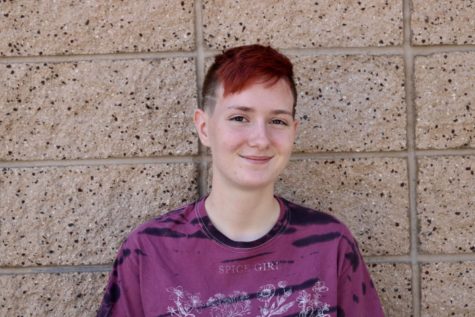
Tj Forsyth is a first time reporter for the Wolfpacket and is a proud junior at Claremont High School. She expresses her talents through words and art....

Stephen Nazareth is a senior at Claremont High School and a first-year reporter at the Wolfpacket. He also manages the Wolfpacket website. In his free...




